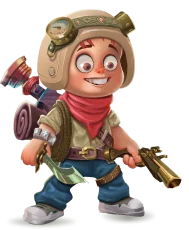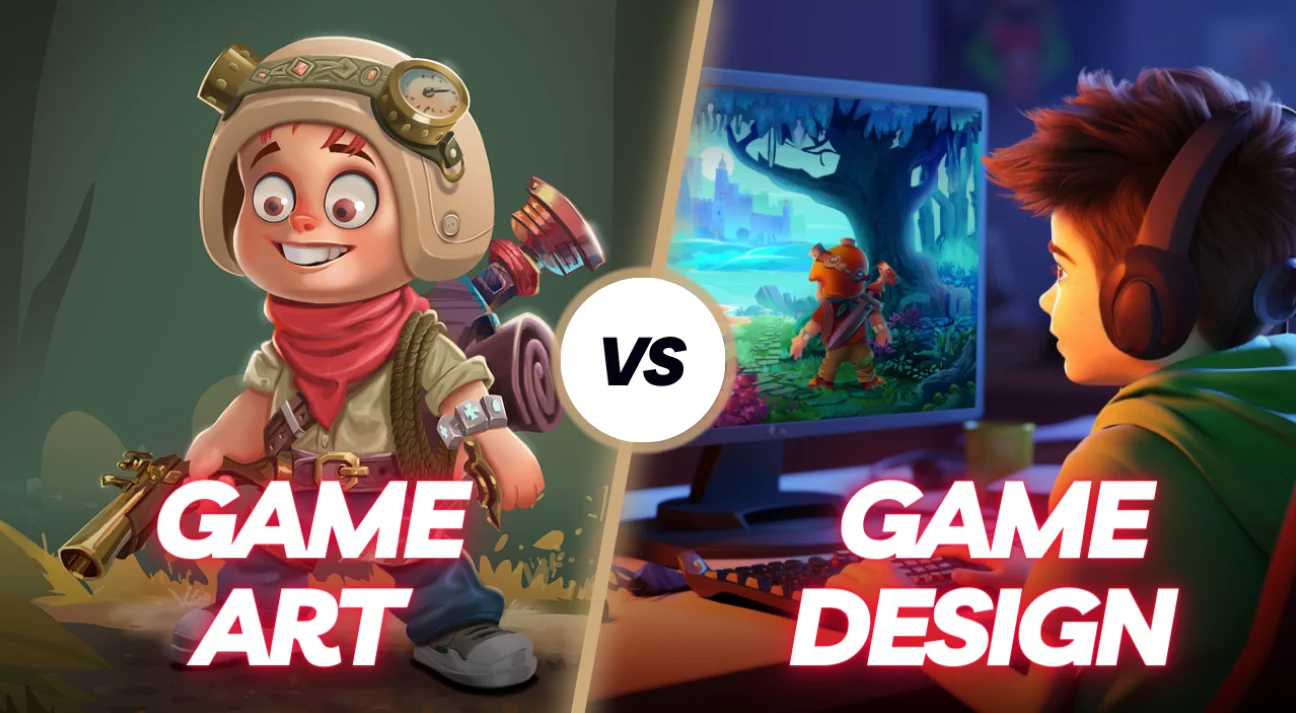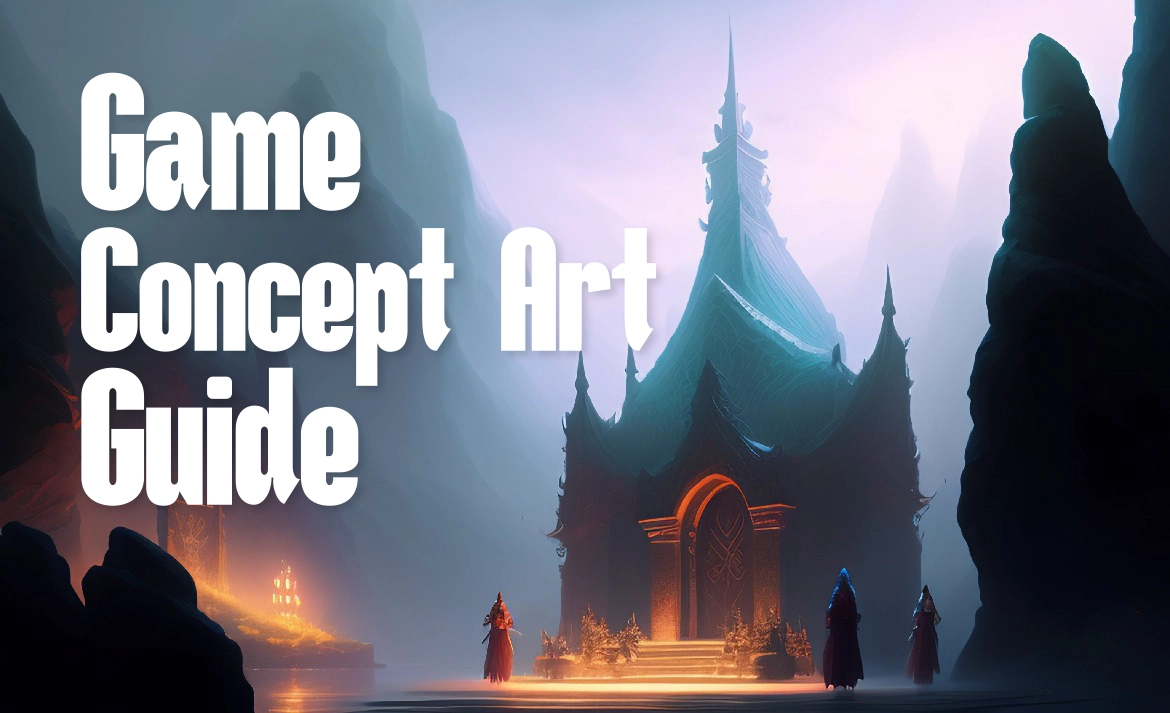
Game Concept Art: A Comprehensive Analysis
Sporting a target audience of millions and even billions, people of all demographics and walks of life enjoy playing video games and the industry (currently valued at $300 Billion) is poised for yet another surge of massive expansion.
The aim of concept art is to transform an abstract design notion into a well-thought-out, real-world object. Concept art serves as the foundation upon which the game is built. Very often the finished artwork will only remotely resemble the original idea, yet it is critical to all forms of game development.
Without great concept art, a game could feel unpolished and incomplete to even the most casual gamer. This article takes a closer look at video game concept art as a discipline and why it is so crucial to the success of your game.
What is Concept Art in the Gaming Industry
Concept art is the first stage of the creative process in which game artists take an idea described in words and try to create accurate visual representations of it. The process of creating concept art starts with quick raw sketches that allow game designers to choose between different versions and cull options to finally settle upon the most promising piece as early as possible during the pre-production stage.
With a collection of approved game concept art, you can easily handpick the ideas you feel are worth developing further. Selected sketches are then sent to the production and design teams for further enhancements and finalization.
We recommend that when you plan on developing a game, begin by working on concept art as early as possible. The sketches your artists will create will spearhead further art development. Remember to bring an experienced team of concept artists onto your project that can do justice to your game vision.
The work of a concept artist influences everything in the game world. Every single shard of tech, machinery, prop, landscape, and character within a game has been formed through iterative cycles of the concept art design.
Even tiny elements like screws in armors or belt buckles or even a bed of flowers outside an NPC’s household are drawn multiple times, sometimes even in different shapes, colors, and textures before the ‘final’ variant is found. Concept art is categorized by the multitudes of basic drawings created by artists from which only a precious few achieve the seal of approval.
It is quite common to see multiple artists working on a single piece of concept art. This is because each artist has a unique design aesthetic and an equally unique point of view. By combining the sketches of multiple concept artists and using the best components of each, you can settle upon the perfect visual rendition of your idea.
Read also: How to Design Engaging Game Art That Elevates Mobile Gaming Experience?
Types of Game Concept Art
Multiple factors go into developing a game and therefore each art form within a game is created by concept artists of separate specializations. There are multiple forms of concept art, some of which we have discussed below:
1. Character Concept Art
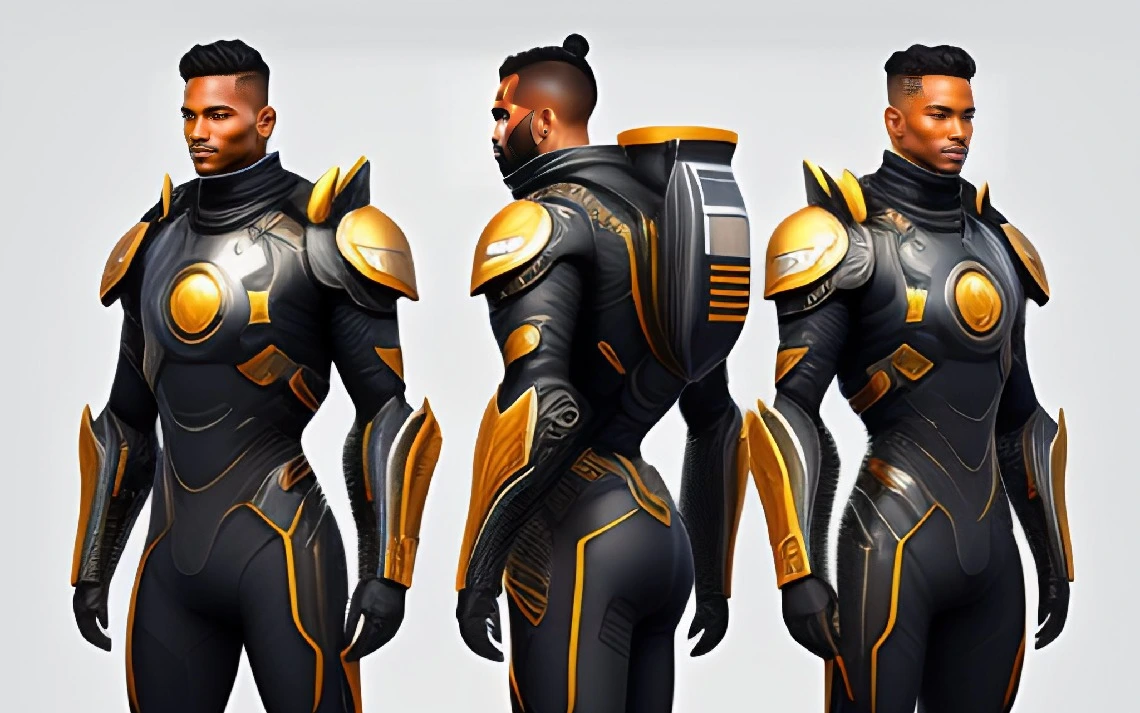
Character designers need concepts to build upon before they begin. While early concept sketches are usually very rough around the edges, they still demonstrate the character’s traits and features. Character concept art includes finer nuances like anatomical features, color schemes, armor, and clothing.
That is a lot of drawing. However only one or two drawings out of a pile of a hundred get selected, but that doesn’t stop character concept artists from churning out design after design.
The ideal character concept artist should be familiar not just with human anatomy but should also be conversant with animal physical traits. Games usually have meta-human characters in them (especially fantasy and sci-fi games) and these characters may have attributes of an animal, Some examples are the reptilian race of the Argonians from The Elder Scrolls.
2. Environment Concept Art
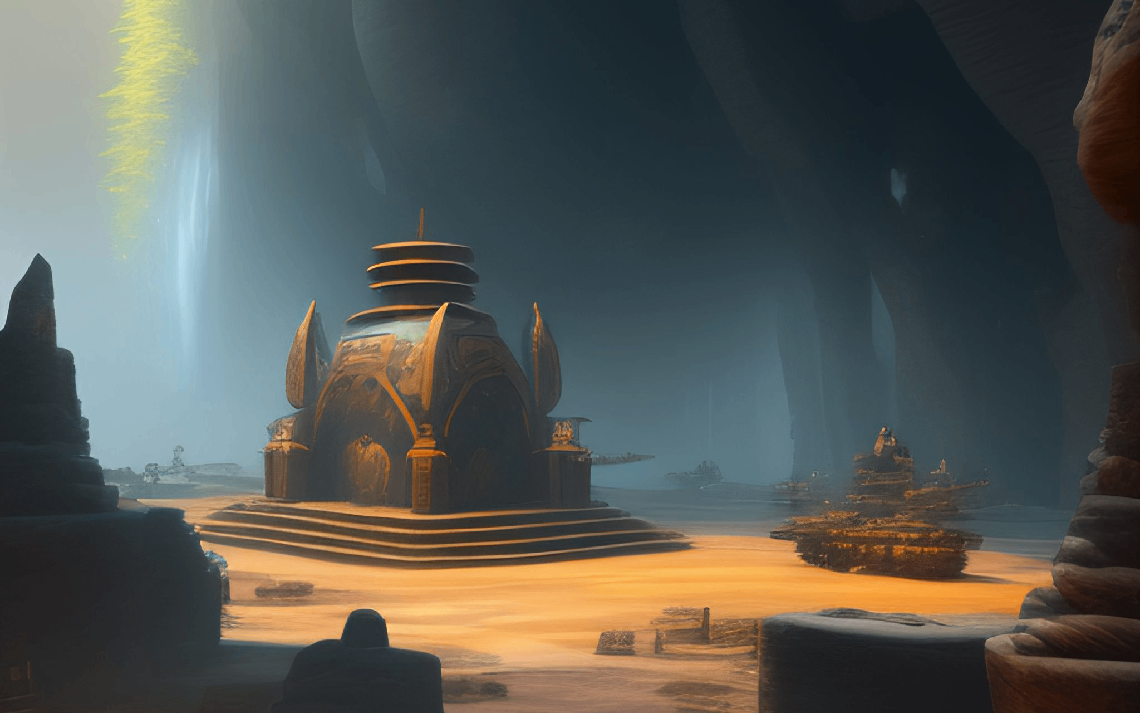
Every game has its own unique setting. It is essential for the game to display its setting accurately so that the players have a little context of where they are when they begin playing the game. Games like League of Legends have extensive lore detailing each setting and the story behind how it came to be.
From landscapes to architectural structures and other environmental elements, environment concept artists create the setting of the game’s narrative.
Regardless of whether the setting is a cyberpunk beer bar or a rolling alien landscape of crags and forests, the ideal environment concept artist must make sure that not a single element within the scene should look out of place or unnatural as this could ruin the atmosphere.
For an artist to be able to conceptualize an entire fictional environment, he must need a vivid imagination and equally strong visualization skills. Other designers will subsequently work on the environment concept artist’s initial designs And turn them into digital art within the game.
3. Prop Concept Art
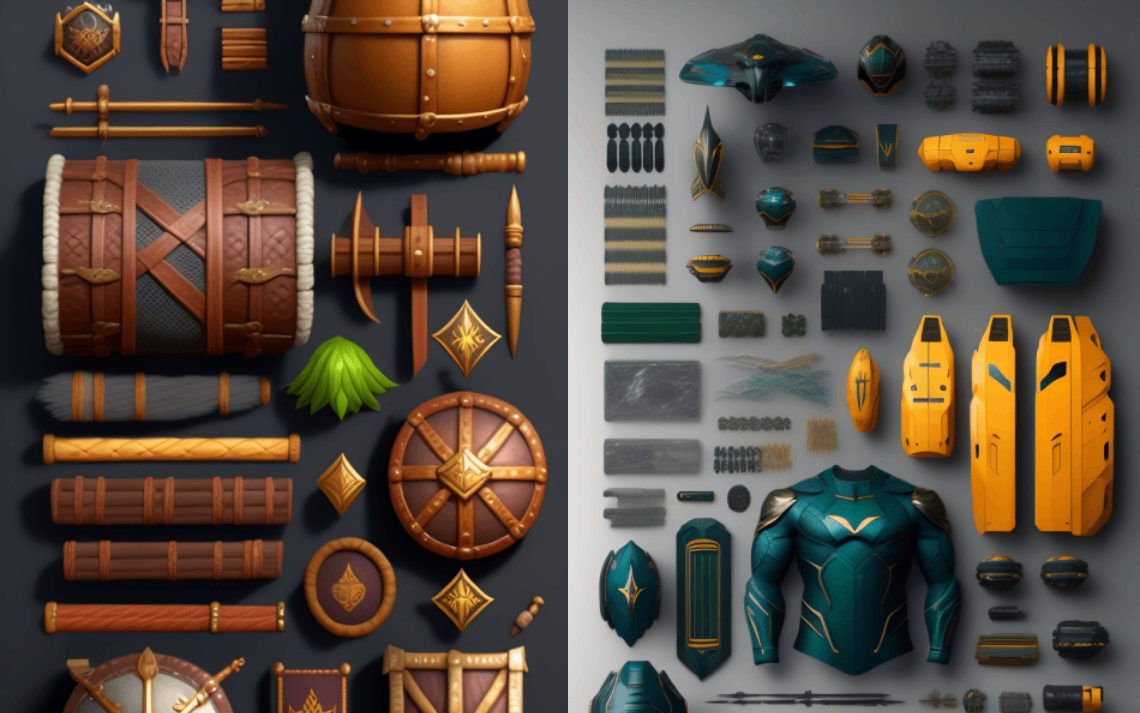
Sculptures, decorated bottles, magic potions, furniture, and barrels of gunpowder; are all examples of smaller objects called props. Props help fill the environment and bring life to a scene. Take them away and your scene could look drab and empty. Prop designers create these little thingamajigs to add flavor and character to the game.
Prop concept art is probably the most open to experiments among the types of concept art. Designers can be as creative as they want and can draw inspiration from thousands of objects in our world.
There are of course limits to creative freedom as a 21st-century cell phone would be completely out of place in a medieval bar. Prop concept artists make sure that every little element of the scene is in synergy with the overall design language of the game.
4. Equipment Concept Art
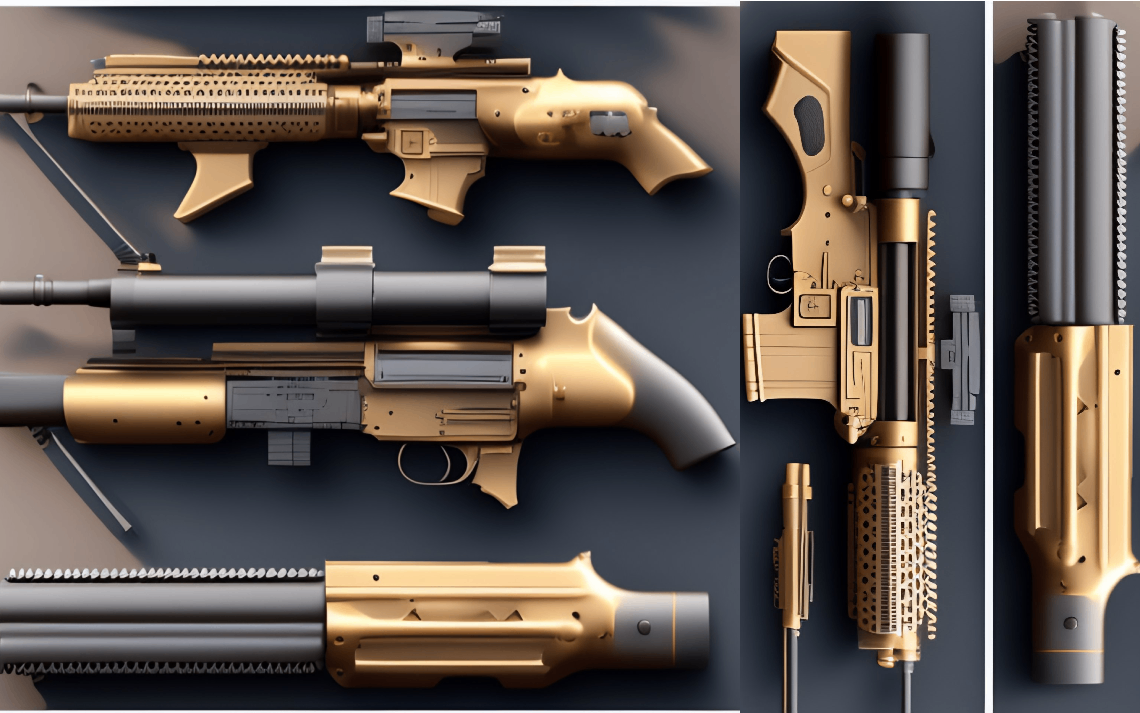
While some designers say that equipment art falls under the category of prop art, this is not entirely accurate. Armor, gear, and weapons used by game characters are much bigger and have a lot more screen time than an ordinary prop. Equipment concept art also offers visual cues about the world where the game’s story unfolds.
The protagonist’s favorite gun can say a lot about his character and preferences providing a sense of completion to the final product. One example is Lara Croft’s famed double pistols from the Tomb Raider franchise.
Equipment concept artists have a good understanding of how the items they are creating will work in the real world.
Vehicle designs are also a part of the equipment concept artist’s responsibilities. Drawing a believable machine requires a good eye and a fair understanding of traditional vehicle production. Cars, ships, jets, and other vehicles have distinctive designs, so any edits made to these designs should have logic and knowledge backing up the design. Creativity must always be believable.
Main Concept Art Styles
In order to create an awesome game, you need three critical ingredients – Intuitive and engrossing gameplay, appealing graphics, and detailed concept art. It wouldn’t be an overstatement if someone told you that among these three, concept art may be the most important as through it the look and feel of the game is established. The three main concept art styles in prevalence today are:
1. Abstract
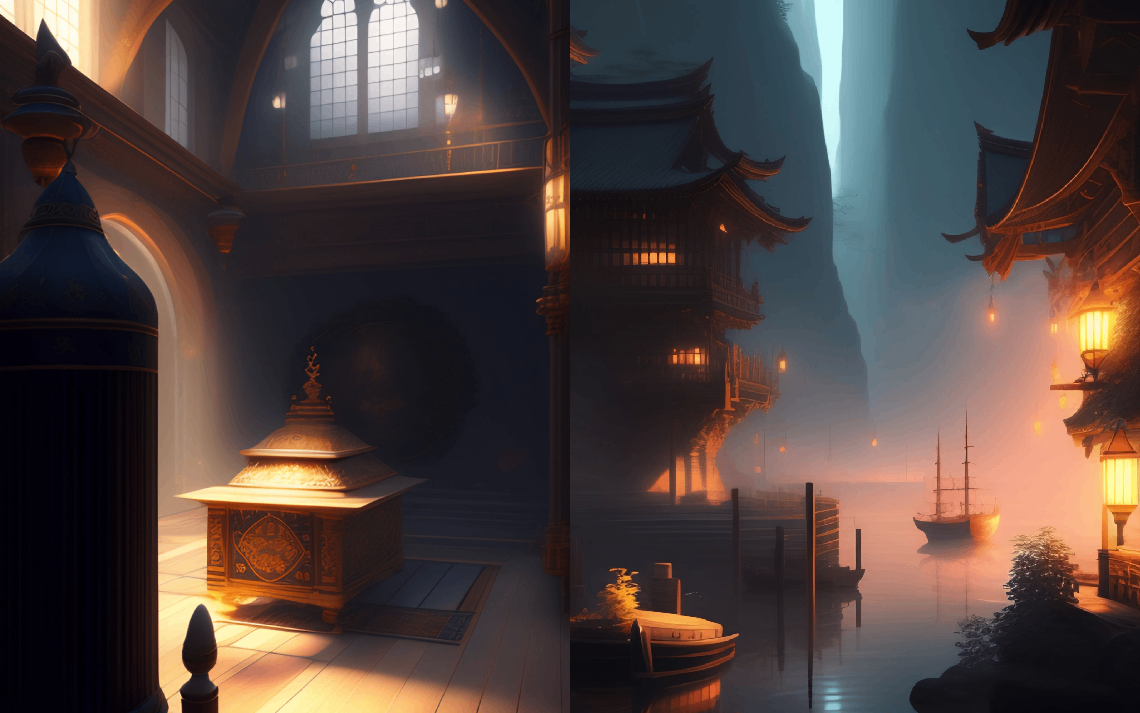
This concept art style can use abstract shapes and forms in any combination. Abstract concept art forces players to guess the purpose of the element without providing them with any context or explanation. The functions of abstract concept art elements are revealed once the player progresses within the game.
In abstract concept art, characters can be represented by simple geometric shapes like triangles or squares.
2. Stylized
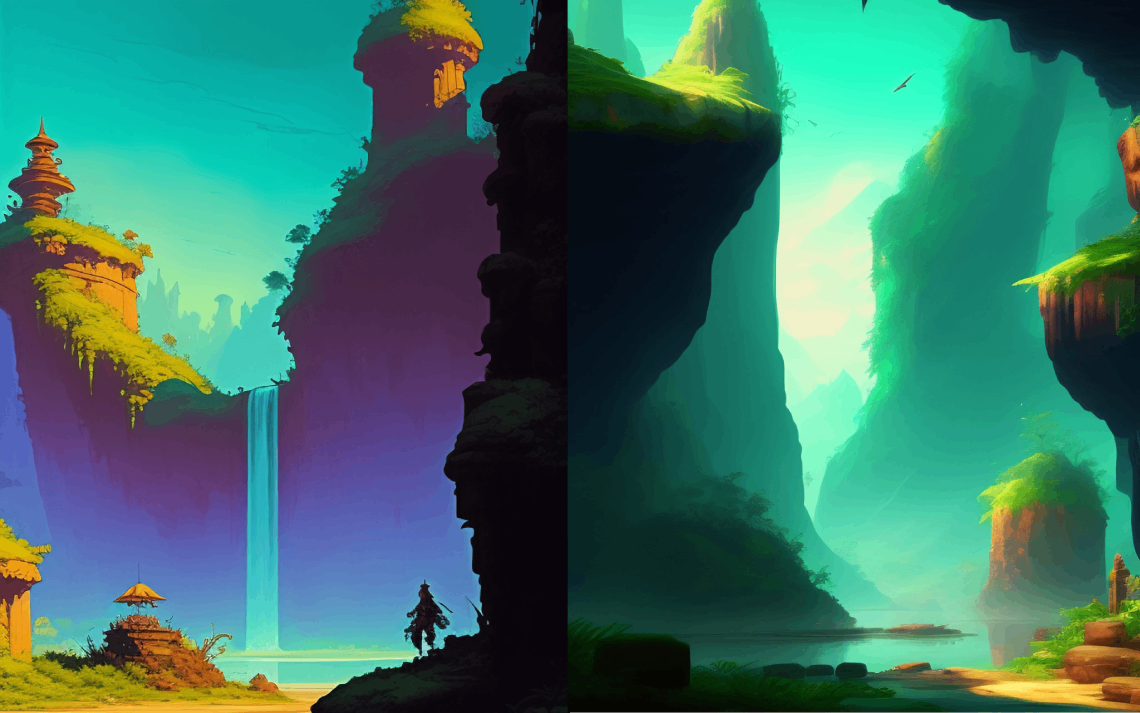
We are sure that you have played Super Mario BroGames like Mario have a slightly cartoonish, exaggerated look. This art style draws inspiration from comic books and caricatures.
Stylized games usually do not have to operate within the boundaries of real-world physics, movement, etc., and yet this does not mean that a stylized game cannot be realistic. One example is Alto’s Odessy. This game is stylized yet has a very accurate physics system. Even the crazy multiplayer platformer ‘Fall Guys’ has a solid physics model in place.
3. Realistic
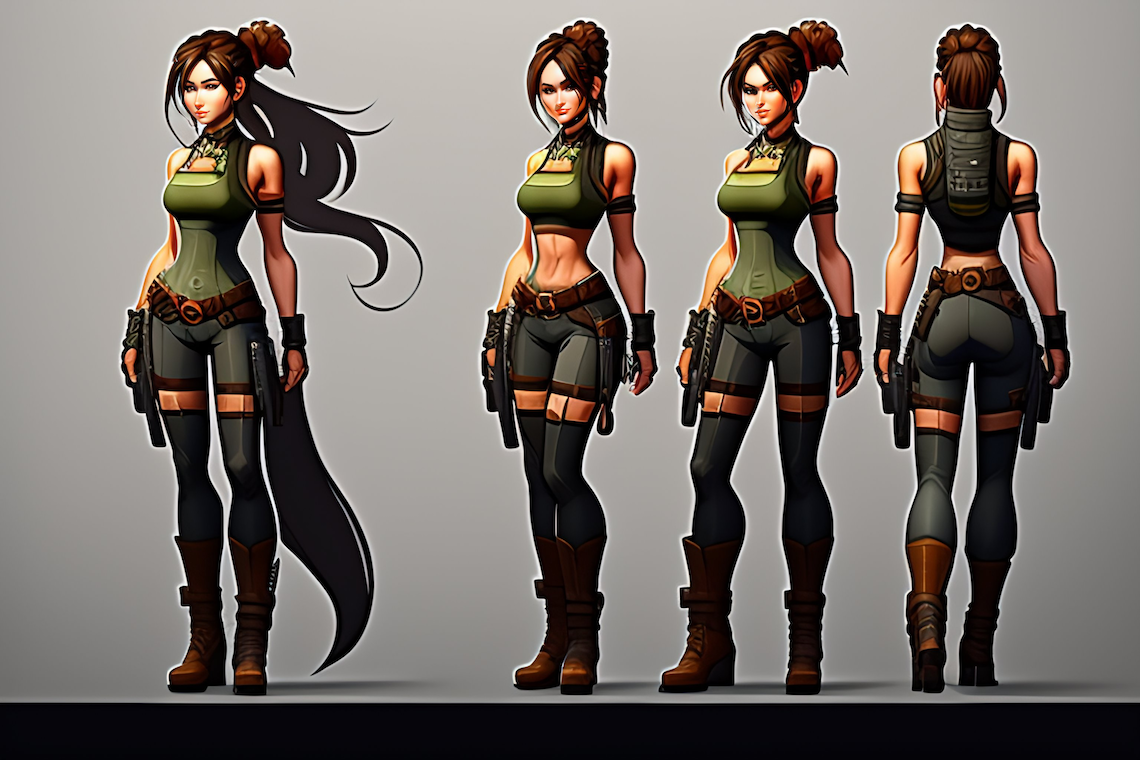
This is the most commonly used art style in games. Most high-ticket AAA games use a realistic concept art style. In the realistic art style everything from the game world, to the characters, their equipment, and vehicles, and every object in the environment aims to replicate items from real life as closely as possible.
This is also the go-to art style for most modern FPSs like Resident Evil, Cyberpunk 2077, and Death Stranding to name a few. Simulator games also focus strongly on realism. Examples are Forza Horizon 5 and Microsoft Flight Simulator.
How to Create Video Game Concept Art
Now that we have spoken at length about the ‘what’s’ and ‘why’s’ of game concept art, it’s time to touch upon the ‘how’s’ of it as well. Read on as we discuss a step-by-step process of creating highly appealing and production ready video game concept art.
1. Start Small
It’s always best to start with a small sketch or a line drawing. Once you are satisfied with the lines, shapes and overall structure of your art, you can begin building in composition details like the positioning of light and shadow as well as the overall mood of your art.
2. Set your Tone
In continuation of the first, the next step is to decide on a mood/tone for your art. Are your character and his environment a fun, happy place to be in? or is the atmosphere more serious and darker. Tonality can be captured in the form of colors used, types of edges and lines as well as props in the environment.
3. Give Your Character Life
Your character is unique. He has a way of dealing with things and is equipped accordingly. Creating a persona for your character with emotions like how angry he is with the antagonist, or how excited he is about exploring the world you have thrust him into should be clearly depicted through poses, equipment, expressions, physical-build and choice of colors.
4. Build Depth
Concept art covers both characters as well as their environments. In this stage, you should start thinking about how your character interacts with his environment as well as what the environment is.
It is very unlikely for a cyberpunk Sci-Fi landscape to have ruins of an older civilization among its mega structures. Also take components like environment temperature and overall climate so that you can use appropriate clothing, environment colors, etc.
5. Don’t Skimp on Detail
Now that you have a good base to work on top off, begin adding in minute detail.
The right texture of your character’s cape or an accurate depiction of the metal tower that looms ahead are elements that will draw the viewer into picturing the final product in the exact way you intended.
In Summation: Game Concept Art is a Must-Have
The creation of video game concept art requires a deep understanding of both art and game design. The ideal concept artist will know that for a graphically light project, he should use the abstract style, thus reducing the TAT of art production and realistic art for a game set close to our timeline. Choosing a stylized or realistic art style makes the process a little more nuanced and requires specialists.
Since not every investor or publisher has his own art studio, outsourcing concept art has risen as a cost-effective yet hyper-efficient and high-quality alternative. Whether you require basic artwork and concepts for your next game or a team that can take care of the entire project, 300Mind can prove to be the perfect partner.
Why Choose 300Mind for your Video Game Concept Art
With a team of vetted professionals deployable to every concept art design aesthetic requirement, 300Mind offers end-to-end game art design services.
Right from initial concept design and on to full-scale game design and development, rest assured that with 300Mind, your game design is as much of a sure-fire as a desert eagle headshot.
FAQs on Game Concept Art
In the sphere of game design, concept art is created to decide the look, feel, and aesthetic of the game being developed. It helps designers and developers in sticking to a pre-defined visual language so that every element of the game is part of a cohesive whole.
Concept art is generally used to create an initial style guide for further stages. Most concept artists begin by creating 2D concept art but can also use 3D software to get the job done.
Photoshop is by far the most commonly used software for concept art. The fact that it offers pro-level tools and features allowing artists to render their vision as accurately as possible makes photoshop the holy grail of concept art software.
